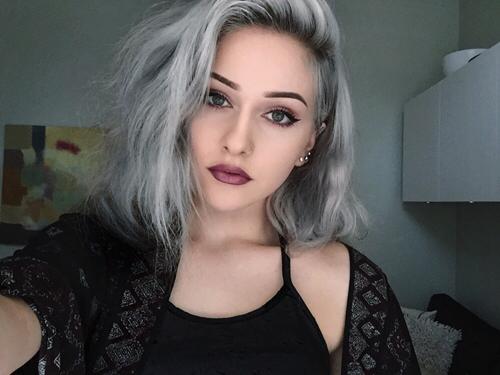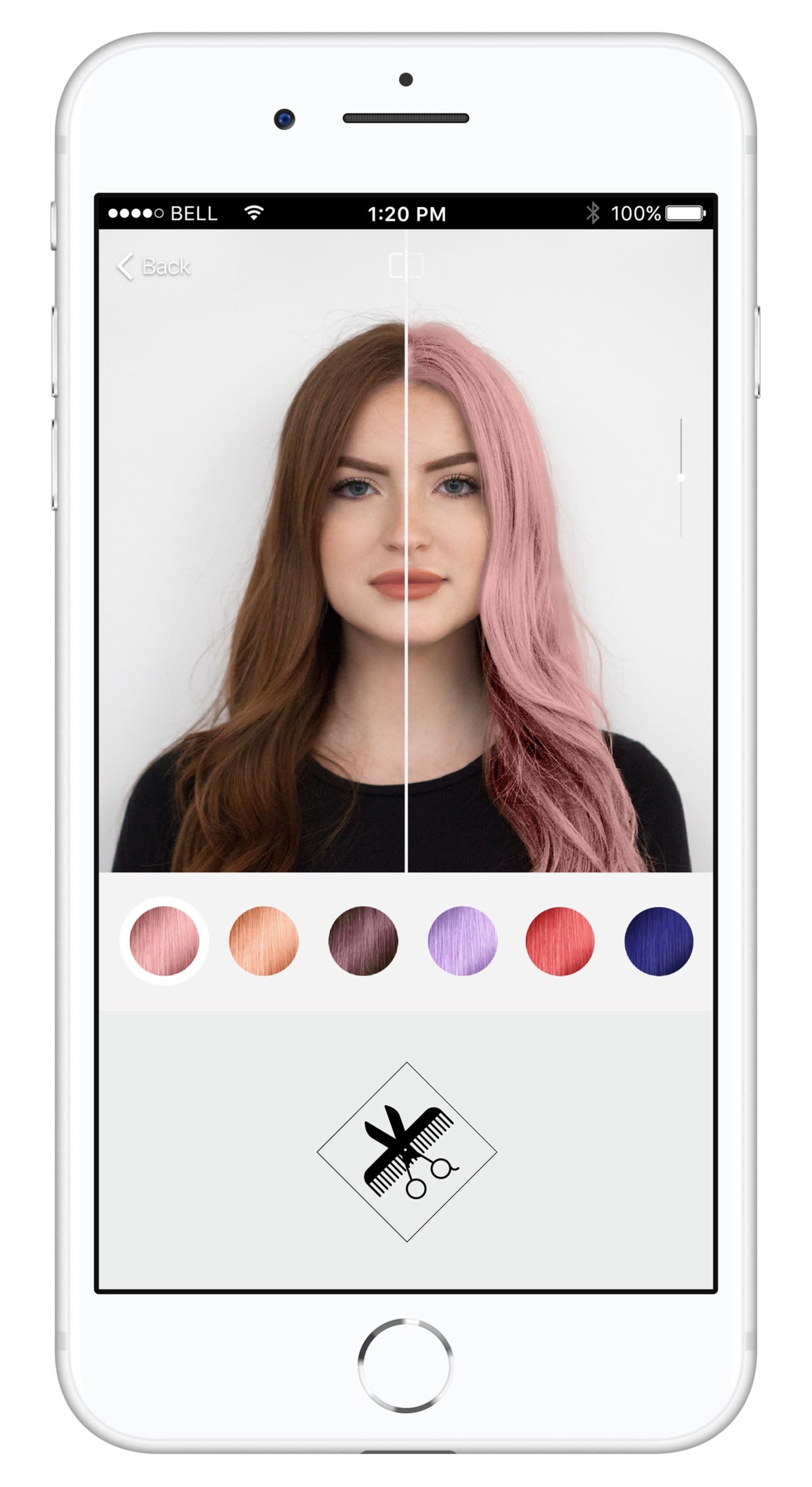

So that was one of the things that we prioritized,” said Rincon, adding that its lineup features different figures, ethnic backgrounds and skin tones according to the Monk Skin Tone scale, the 10-shade scale Google uses across services to ensure representation.How To Find a Flattering Eyebrow Color: Tips and Tricksīefore we dive into different brow colors and who they flatter best, we thought it would be helpful to go over some general advice for finding a brow color that complements your hair and skin. And actually, we want you to use real models. “For virtual try-on in particular, we got a lot of feedback around, ‘Hey, we really want the experience to be as real and lifelike as possible. That means the experience, at launch, is available across hundreds of brands, including Everlane, H&M, LOFT and Anthropologie.įor Google, there was another important consideration when it developed the feature - and it has nothing to do with technology. The virtual try-on debuts as a feature of Google’s Merchant Center, so it can apply to any of the product or online catalog images associated with those accounts. It is fairly statistically significant data.” So we know that this model in this case would wear a particular size across these brands.

“We looked at the measurements, looked at the size charts of all these brands - I think it was seven to 10 brands.
#VIRTUAL TRY ON GRAY HAIR FULL#
“Having said that, I’ll tell you what we did: When we recorded these models, we took full body measurements and then we started to categorize them into sizes,” he said. So it’s not going to be an exact fitting tool. It’s supposed to help you visualize what the product will look like. Sunder was clear about another important aspect of the try-on experience, however: “This is not designed for fit. Google shot real-world models, then uses generative AI to digitally - yet realistically - layer apparel on different body shapes. “These are really hard geometry computer vision problems that they’re solving.”Īs an iterative process, the company wanted to be thoughtful about the development and rollout of the tech, said Shyam Sunder, group product manager at Google in charge of the project, noting that developers spoke to more than a dozen fashion brands last year, trying to learn more about their pain points and problems. And all of that has to be thoroughly vetted,” Rincon said. “So they build a model, the data has to be honed, and we measure the quality of the outputs across body types, across the fabric, across poses. The company has been working on this initiative for years, but it took off recently when it achieved a breakthrough in stable diffusion - an AI model that can generate images, or mitigate visual noise to hone or improve them. So these are some of the real user problems we were trying to solve.” “Fifty-nine percent feel dissatisfied with an item because it looks different than they expected. “Sixty-eight percent of online shoppers agree that it’s hard to know what a clothing item will look like on them before you actually get it, and 42 percent of online shoppers don’t feel represented by the images of the models that they see,” said Lillian Rincon, Google’s senior director of product. The tech giant developed the tool internally, and believes it can address a fundamental challenge in fashion e-commerce. The effect is that the fabric appears to fold, crease, cling, drape or wrinkle as expected on different figures.

Google shot a range of real-world models, but then used AI informed by its Shopping Graph data to layer different digital garments on top.


 0 kommentar(er)
0 kommentar(er)
